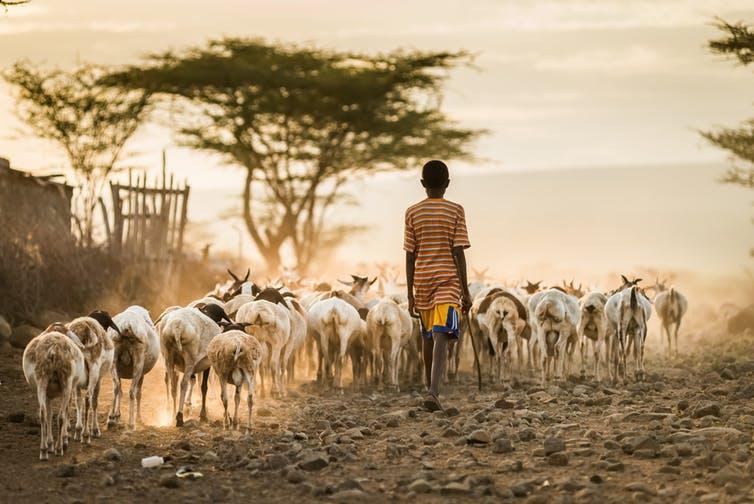The concept of One Health is deceptively simple: it’s the recognition that human, animal, and environmental health are all inherently linked.
Put into practice, it means approaching global health issues such as disease outbreaks and antibiotic resistance with the combined force of doctors, veterinarians, environmental scientists, and civil society to tackle them more effectively across multiple fronts.

